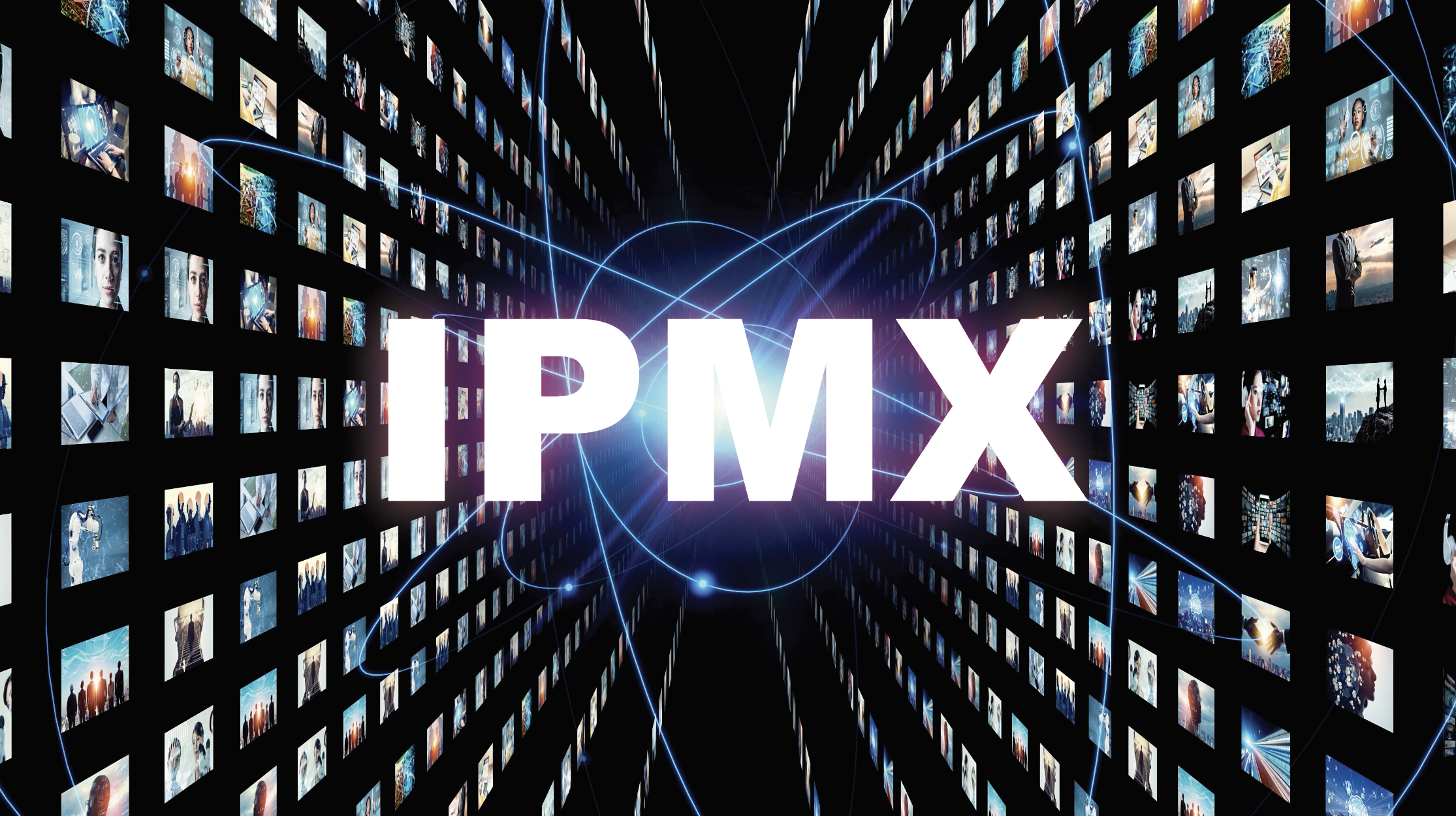IPMX: Media Experience Nirvana?
The promise of IPMX is that it will change everything about Pro AV by meeting the market requirements of multi-vendor interoperability that only open standards can guarantee.

My 14-year-old son, Sam, recently started volunteering at our local educational television station, BEC-TV. The Station of Champions, as it’s also known, works with our school district to make local programming with volunteer help from middle and high school students. A few days ago, Sam came home, collapsed on the couch after a football shoot, and asked, “Dad, how can you make it so that [name of proprietary AV-over-IP solution] isn’t so laggy?”
As a board member of the Alliance for IP Media Solutions (AIMS) and one of the many volunteers working to promote Internet Protocol Media Experience IPMX, did I have an answer for Sam!
I couldn’t contain my excitement as I told him about the open standard we are working on. Pretty soon, thanks to this standard, the technology will become affordable enough for his school’s TV station to purchase and it will ensure low enough latency that Sam will be able to operate a PTZ camera during a football game without getting a headache. (I may have teared up at the moment explaining this.)
IPMX Goal
When the groups that are working on IPMX reach their goal, it will change everything about Pro AV by meeting the market requirement that trumps all others: multi-vendor interoperability that only open standards can guarantee. Once an effective open standard appears, we migrate from gateways and easy hacks to truly IP-native products that are better in every way than the baseband technology they’re replacing. This inevitable outcome flows from the confidence companies now have in the base-layer platform they are asked to invest in, knowing that access will never be cut off and that they will always be able to support their products and customers.
How do we know that IPMX is that open standard? Of course, nobody has a crystal ball, but we can look at the evidence so far and judge for ourselves.
First, effective open standards start with the right requirements. After taking what we had learned from bringing SMPTE ST 2110 (professional media over managed IP Networks suite of standards) and NMOS (Networked Media Open Specifications) into the broadcast market, we listened carefully to the industry to identify what was needed to meet the exceptionally wide range of requirements found under the Pro AV umbrella. Some highlights include
- a “just works” experience using common off-the-shelf IT (COTs) hardware.
- open standards already familiar to IT wherever possible.
- a common control layer for discovery and connection management.
- a standard built for both live production and presentation workflows.
- the flexibility to use the desired bandwidth to fit the application’s needs, including uncompressed and compressed flows.
- a codec that can deliver visually lossless 4K60 4:4:4 desktop video on a 1Gb connection.
- profiles for WiFi, WAN, and cloud-based infrastructure.
- thoughtful integration and emulation of HDMI and DisplayPort features such as EDID, Hot Plug Detect, CEC, and legally compliant support for HDCP.

"When the groups that are working on IPMX reach their goal, it will change everything about Pro AV by meeting the market requirement that trumps all others: multi-vendor interoperability that only open standards can guarantee."
Because IPMX is built upon SMPTE ST 2110, it starts with a foundation proven at the highest levels of live production. Critically, SMPTE ST 2110 and NMOS were architected for extreme flexibility by having standards broken into composable parts, which allows for the clean and simple extension required by IPMX. Also, thanks to the fact that SMPTE ST 2110 and NMOS stick to widely understood IT standards such as UDP, RTP, PTP, and other TLAs, it has proved a comfortable starting point for Pro AV, requiring only slight tweaks to make it friendly for software and lower-cost or casual use cases. All of this while simplifying interoperability with SMPTE ST 2110 systems, which are very popular in high-end broadcast and Pro AV applications.
A daily selection of features, industry news, and analysis for AV/IT professionals. Sign up below.
In the past two years, engineers from more than 100 companies volunteering at VSF and AMWA have made tremendous progress during multiple working groups, meeting multiple times every week. This energy and teamwork have led to the creation of about a dozen draft recommendations, which are the foundation of future standards, just as happened with SMPTE ST 2110 and NMOS. This progress is attracting more talent from great companies such as AV Pro Global, Barco, Lumens, Magewell, Panduit, and others that have recently joined AIMS, Video Services Forum (VSF), or Advanced Media Workflow Association (AMWA) to support IPMX. This leads to more teamwork and more momentum.
Already, multiple development kits, SoCs, and software SDKs dedicated to IPMX are available or are in progress from companies including Macnica and IntoPix. What’s more, Matrox and Evertz have announced “IPMX Ready” products that are providing class-leading performance based on the available standards today, and these companies are committing to full IPMX support as it continues to evolve.
As momentum continues to build and progress is announced, we hope that you’ll stay tuned and get involved. Joining AIMS, VSF, and AMWA is a great way to start.
I hope you’ll join us soon. I can’t wait to see the creative solutions that designers and engineers will come up with, all thanks to a common open standard as the foundation of our industry in the IT era. Besides, my son has a headache and BEC-TV needs a better camera.

Andrew Starks is the AIMS Marketing Work Group Chair, and Director of Product Management at Macnica
